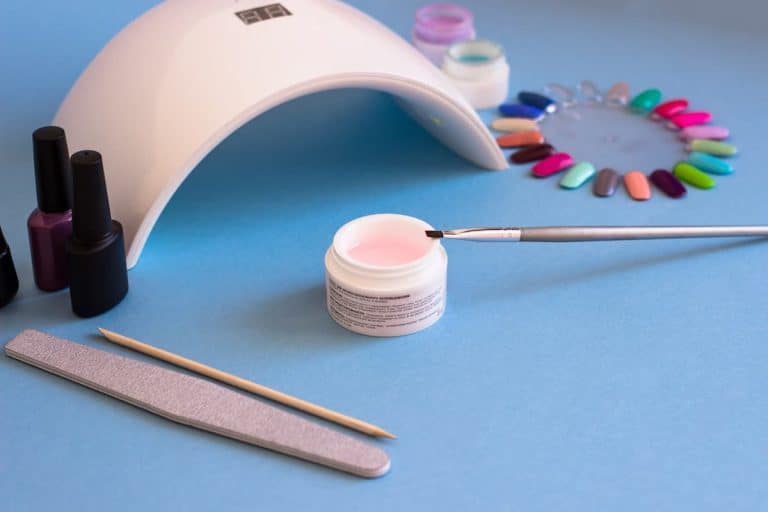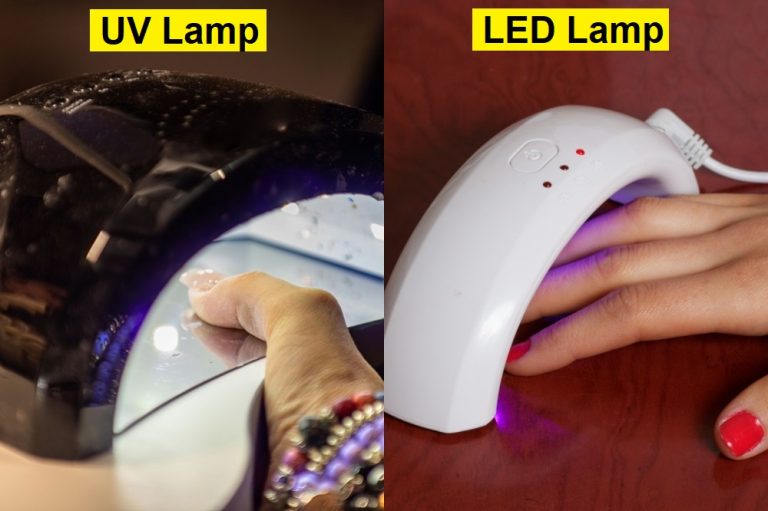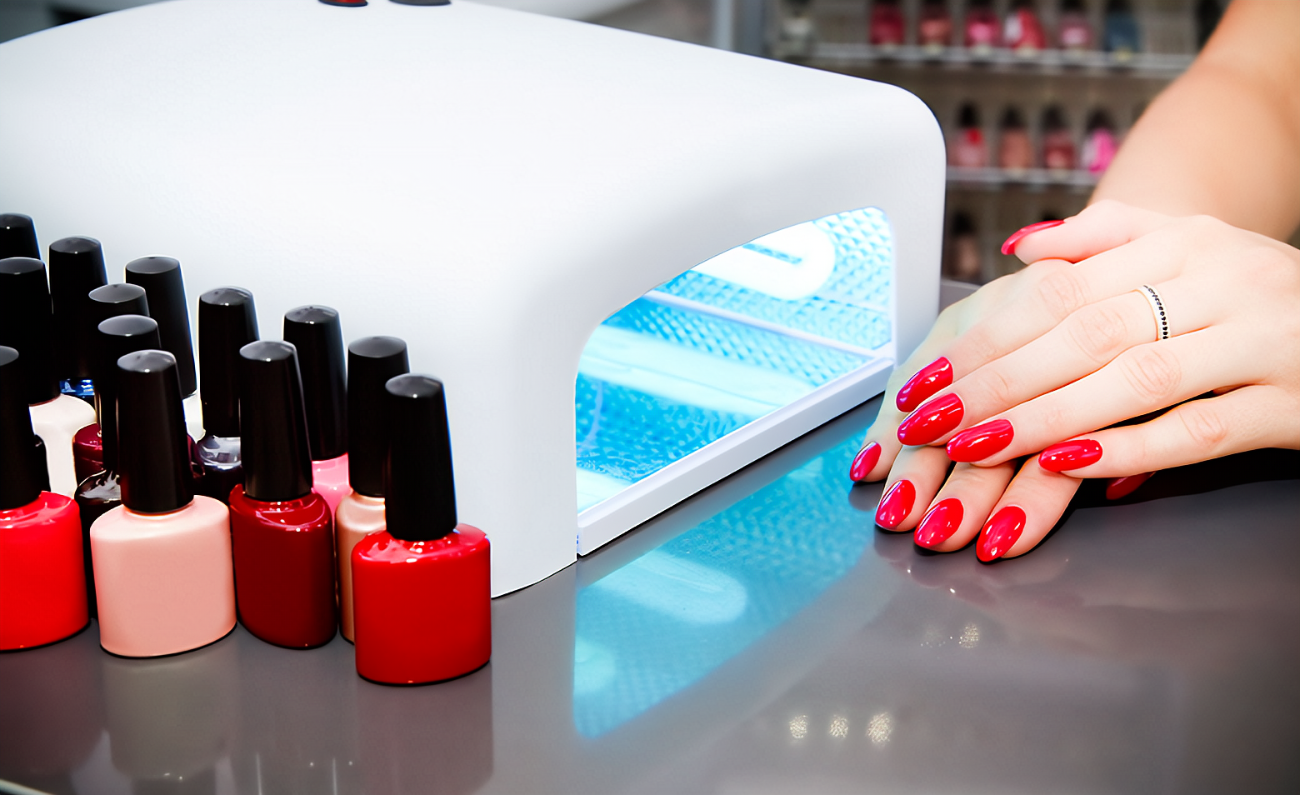Are you curious about the safety of 220W nail lamps? Delve into the intricacies of their working principles, internal structures, and prevalent types with us. In this comprehensive guide, we aim to provide you with a foundational understanding, addressing your concerns and ensuring a secure and informed experience. Let’s embark on a journey to unravel the essence of 220W nail lamp safety.
Understanding the Basic Principles of 220W Nail Lamps
In this section, we delve into a comprehensive analysis of the fundamental principles behind 220W nail lamps. This exploration encompasses the intricate workings, internal structures, and prevalent types found in the market. Through detailed explanations, you, the reader, will gain a foundational understanding of the basic principles governing 220W nail lamps.
1.1 Working Mechanism
To comprehend the essence of 220W nail lamps, it’s crucial to grasp their intricate working mechanism. The table below outlines the key aspects of their operation:
| Working Component | Function |
|---|---|
| UV/LED Bulbs | Emit UV/LED light for curing nail polish. |
| Reflective Interior | Enhances light distribution within the lamp. |
| Timer Settings | Allows controlled curing durations. |
1.2 Internal Structure
Unveiling the internal structure provides insights into the device’s design. Here’s a breakdown of the components:
| Internal Component | Description |
|---|---|
| Housing | Protective outer shell for internal components. |
| Electrical Wiring | Connects bulbs and timer for functionality. |
| Ventilation System | Prevents overheating during prolonged use. |
1.3 Common Types in the Market
Understanding the available types aids in choosing the right one for your needs. Explore the variations in the table below:
| Nail Lamp Type | Description |
|---|---|
| LED Lamps | Faster curing time, energy-efficient. |
| UV Lamps | Traditional, widely used for various gels. |
| Hybrid Lamps | Combines features of both LED and UV lamps. |
By comprehending these key aspects, you’ll establish a solid foundation in understanding the basic principles governing 220W nail lamps. Stay tuned as we delve further into safety evaluations and usage guidelines.
Safety Performance Assessment and Standards Interpretation
To address the pivotal question of “is 220W nail lamp safe,” we embark on a comprehensive safety performance assessment. In this segment, we delve into interpreting industry standards, conducting an in-depth analysis of the safety performance of 220W nail lamps. Our objective is to empower you, the reader, with a thorough understanding of the safety aspects during the usage of these devices.
2.1 Safety Evaluation Process
The safety evaluation involves a systematic examination of critical components. The following table outlines key elements assessed for safety:
| Safety Aspect | Evaluation Criteria |
|---|---|
| Bulb Emission Levels | Measure UV/LED emissions to ensure within safe limits. |
| Housing Integrity | Assess the durability and protective qualities of the housing. |
| Electrical Safety | Verify wiring and components comply with electrical standards. |
2.2 Industry Standards Decoded
Understanding industry standards is pivotal for assessing safety. Here, we break down essential standards for 220W nail lamps:
| Industry Standard | Safety Aspect Covered |
|---|---|
| UL 1433 | Electrical safety and performance. |
| RoHS Compliance | Restriction of Hazardous Substances. |
| CE Certification | Conformity with European safety standards. |
2.3 Safety Performance Analysis
Our analysis goes beyond standards, evaluating real-world performance. The subsequent points highlight the safety performance of 220W nail lamps:
- Consistent Curing: Ensuring even curing without hot spots.
- Heat Dissipation: Effective heat management to prevent overheating.
- User-Friendly Controls: Intuitive controls for safe and easy operation.
By navigating through this safety assessment and standards interpretation, you’ll gain a comprehensive understanding of the safety measures in place, ensuring a secure experience with your 220W nail lamp. Stay tuned as we explore practical usage guidelines in the following section.
Mastering the Usage Techniques of 220W Nail Lamps
Learning the proper usage of a 220W nail lamp is of utmost importance. In this section, we unveil the best practices, techniques, and essential precautions for utilizing this device. Readers will gain practical operational insights to ensure both safety and optimal results during the nail beautification process.
3.1 Best Practices for Usage
To guarantee an efficient and safe experience, consider the following best practices:
| Best Practice | Description |
|---|---|
| Hand Placement | Positioning hands correctly to ensure uniform curing. |
| Timing Considerations | Adhering to recommended curing durations for different gels. |
| Cleaning and Maintenance | Regular cleaning to prevent residue buildup and ensure longevity. |
3.2 Techniques for Effective Results
Achieve impeccable results by implementing these techniques:
| Technique | Description |
|---|---|
| Gel Application | Applying gels evenly to maximize curing efficiency. |
| Nail Positioning | Ensuring optimal nail positioning for uniform exposure. |
| Multiple Layers | Guidelines for curing multiple gel layers effectively. |
3.3 Crucial Precautions
Prioritize safety with these key precautions:
- Eye Protection: Using UV-protective glasses during operation.
- Ventilation: Ensuring a well-ventilated workspace to disperse fumes.
- Skin Sensitivity: Being mindful of skin sensitivity to avoid reactions.
By incorporating these usage techniques into your nail care routine, you’ll not only enhance the effectiveness of your 220W nail lamp but also ensure a safe and enjoyable experience. Stay tuned as we address common queries and troubleshoot potential concerns in the upcoming sections.
FAQs: Addressing Common Challenges with 220W Nail Lamps
In this section, we tackle some frequently asked questions that readers might encounter, encompassing issues related to device malfunctions, safety concerns, and more. Through addressing these common queries, readers will gain a better understanding of the nuances of using a 220W nail lamp and how to navigate potential challenges effectively.
4.1 Device Troubleshooting
Encountering technical issues? Explore these solutions:
| Common Issue | Troubleshooting Solution |
|---|---|
| Lamp Not Powering On | Check power source, replace bulbs if necessary. |
| Uneven Curing | Adjust hand placement and ensure proper timing. |
| Intermittent Operation | Inspect wiring and connections for loose parts. |
4.2 Safety Concerns Clarified
Navigate safety concerns with these informative responses:
- Q: Is prolonged exposure harmful?
- A: Prolonged exposure to UV light can be harmful. Follow recommended curing times and use UV-protective measures.
- Q: How to handle skin sensitivity?
- A: If sensitive, consider using protective creams and limit exposure. Consult a dermatologist if concerns persist.
4.3 Maintenance and Longevity Tips
Ensure the longevity of your device with these maintenance insights:
| Maintenance Aspect | Tips for Longevity |
|---|---|
| Cleaning and Residue Removal | Regularly clean bulbs and interior to prevent residue buildup. |
| Storage Guidelines | Store in a cool, dry place to prevent damage and extend lifespan. |
By addressing these common questions, we aim to empower readers with the knowledge to troubleshoot issues effectively and utilize their 220W nail lamp optimally. Stay tuned as we explore tips for maintenance and prolonging the lifespan of your device in the next section.
Maintenance and Care: Tips for Extending the Lifespan of Your 220W Nail Lamp
In this section, we provide simple yet effective maintenance and care recommendations to ensure the prolonged and optimal use of your 220W nail lamp. Covering cleaning methods, regular inspections, and more, these tips will assist readers in maintaining their device in excellent condition, ultimately extending its overall lifespan.
5.1 Regular Cleaning Practices
Maintain cleanliness for consistent performance:
| Cleaning Aspect | Recommended Frequency |
|---|---|
| Bulbs and Interior | Clean after every few uses to prevent residue buildup. |
| Exterior Surface | Wipe down regularly to remove dust and product residue. |
5.2 Periodic Inspections
Ensure everything is in top shape through regular check-ups:
| Inspection Area | Recommended Schedule |
|---|---|
| Electrical Wiring | Monthly inspection for loose connections or damage. |
| Ventilation System | Quarterly check for optimal heat dissipation. |
5.3 Storage Guidelines
Proper storage is key to longevity:
- Avoid Direct Sunlight: Store in a shaded area to prevent UV degradation.
- Cool, Dry Environment: Keep in a dry place to prevent electronic components from damage.
5.4 Bulb Replacement Schedule
Maintain optimal curing efficiency by replacing bulbs as needed:
| Indicator | Replacement Frequency |
|---|---|
| Reduced Intensity | Replace bulbs every 6-12 months, depending on usage. |
By incorporating these maintenance and care tips into your routine, you’ll not only ensure the ongoing functionality of your 220W nail lamp but also extend its overall lifespan. Stay tuned for the conclusion of our guide, where we’ll summarize key takeaways and leave you with a comprehensive understanding of safe and effective 220W nail lamp usage.




